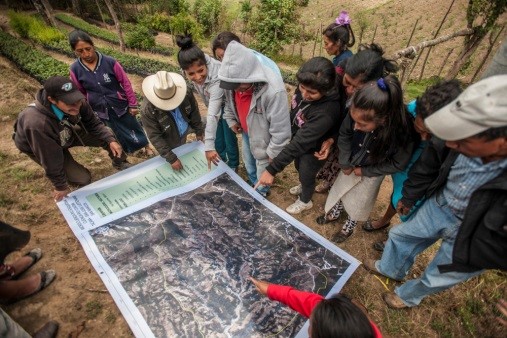There is a continuous process of capacity building with local communities and institutions to identify, design and implement ecosystem-based adaptation (EBA) measures, generating evidence on their benefits, and creating conditions for their sustainability.
The process includes not only theoretical workshops but also: technical assistance, field practices, exchange tours and a diploma for municipal technicians. The process is collaborative and participatory, and the experience was of great learning and empowerment for the groups involved, especially women.
Some examples of activities include:
- Application of the CRiSTAL tool - "Community-based Risk Screening Tool - Adaptation and Livelihoods" with municipal and community representatives
- Along with 16 communities and the Municipality of Tacaná, the forest restoration strategy was designed and implemented, supporting community nurseries
- Communities are accompanied in the management of forest incentives for sanitation, reforestation and protection actions.
- Local leaders are trained in methodologies to monitor the effects of forest restoration and protection of water sources on food and water security.
